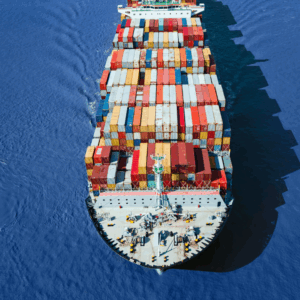
In 2025, the European freight transport industry is undergoing a structural transformation that extends beyond mere pricing shifts or cyclical market trends. Regulatory pressure from the European Union, combined with the urgency of climate change, rising operational costs, and a highly fragmented market, has placed the sector at a critical crossroads. Road freight, the central axis of inland logistics across the region, is now being compelled to rapidly pivot toward sustainable and digitalized models—without compromising on efficiency or competitiveness.
In this context, the FTL (Full Truck Load) model is being evaluated not merely from a profitability standpoint, but as a key component in a logistics strategy that must align with stricter regulations, evolving consumer patterns, and the consolidation of digital freight platforms. This article presents an in-depth analysis based on scientific literature, recent research, and internal data, focusing on: the evolution of road freight in the EU, the challenges facing the FTL model, rate convergence, decision-making criteria between LTL and FTL, decision support models, and the strategic implications of ongoing regulatory transformations.
Recent Evolution of Road Freight in Europe
Road freight transport in the European Union has recorded a 0.6% increase in 2024, signaling an upward trend in demand for inland logistics services despite unstable economic conditions. This growth has been driven by a general increase in intra-European trade volume, particularly along routes that connect high-industrial-output countries such as Germany, France, Italy, Spain, and Poland.
Despite this growth, there are clear signs of market saturation and fragmentation. The European road freight sector remains dominated by small and medium-sized enterprises operating on extremely tight margins, with limited ability to invest in technological innovation or fleet renewal. This atomized structure hinders a uniform transition to clean technologies or collaborative freight models.
In the post-pandemic context, European supply chains have shown an urgent need for resilience, traceability, and dynamic planning.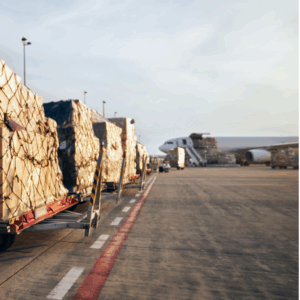
- Rate Convergence and Its Impact on FTL Decision-Making
There is now a clear trend toward the convergence of road freight rates. Contracted rates, which historically moved independently from spot prices, are now showing similar patterns and near-synchronized shifts. This is the result of post-shock market normalization following global logistics disruptions over the past few years.
This convergence has forced both carriers and logistics operators to reevaluate their pricing strategies. Companies holding long-term contracts are renegotiating to include automatic adjustment clauses, while spot rates have ceased to be opportunistic alternatives, now reflecting actual operational costs.
For FTL trucking, the direct consequence has been the imperative to maximize the efficiency of every transport unit. Operating half-loaded trucks or tolerating route inefficiencies is no longer a viable option. Platforms like Exfresso now integrate algorithms that automatically calculate linear meters, cubic volume, and cargo density—disqualifying carriers that do not meet minimum efficiency thresholds.
- The FTL Model Under Pressure: Procurement, Efficiency, and Sustainability
A detailed review of the FTL procurement landscape reveals deep complexities when operating in high-demand environments. While FTL remains the most commonly contracted freight model among large supply chains, there are substantial gaps in how companies evaluate non-monetary variables such as sustainability, long-term supplier performance, and service flexibility under disruption scenarios.
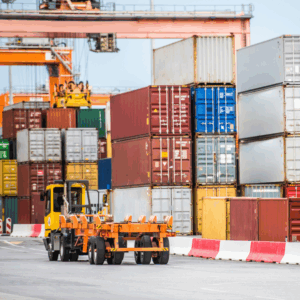
There is also a notable absence of contractual models that integrate sustainability, traceability, or social responsibility metrics. Moving forward, comprehensive agreements are needed—not just to optimize cost per kilometer—but to assess carbon footprint, environmental compliance, and ethical labor practices of carriers.
- Decision Criteria Between LTL and FTL: Beyond Cost and Volume
A structured and methodologically rigorous approach has been applied to assess which variables most influence the choice between Full Truckload (FTL) and Less-Than-Truckload (LTL) services. The SMARTS methodology (Simple Multi-Attribute Rating Technique using Swings) enables weighted decision-making based on the profile of the logistics decision-maker, whether they are a finance executive, supply chain manager, or traffic coordinator.
Key factors analyzed include total transportation cost, operational flexibility, service level required, customer relationship dynamics, product criticality, and equipment availability. Findings indicate that flexibility and responsiveness are prioritized in LTL selection, whereas control, security, and transit predictability are more relevant for FTL.
Decision-making must be adaptive, as not all organizations share the same priorities. Tools like Espresso help simulate logistics scenarios and 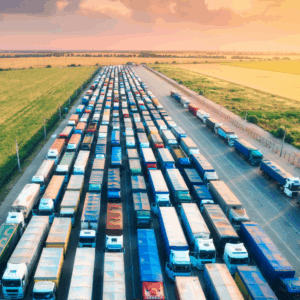
- Freight Transport Models: Structure, Cost Factors, and Efficiency
Transport models typically categorize costs into three groups: operational costs (fuel, maintenance, salaries, tolls), value of time (opportunity cost due to prolonged transit), and external costs (traffic congestion, accidents, and environmental emissions).
Contemporary freight models must integrate not only economic efficiency but also environmental and social efficiency. Methodologies now range from traditional statistical analysis to agent-based simulations, neural networks, hybrid systems, and fuzzy logic optimization.
A significant takeaway is the urgent need to develop intermodal transport models that combine road freight with rail or maritime alternatives. These models could significantly reduce external costs, lower carbon emissions, and relieve congestion along Europe’s main freight corridors. However, their success largely depends on infrastructure development and technological integration among logistics actors.
- Regulatory Transition and Sustainability: Between Ambition and Capacity
European road freight is under increasing pressure to comply with new environmental regulations aligned with EU Green Deal targets for a carbon-neutral logistics model. Yet, sectoral conditions are far from uniform across the continent, creating a widening gap between Western European countries and those in the East and South.
Lack of financing, aging fleets, and weak fiscal incentives make it nearly impossible for thousands of small carriers to replace their vehicles with electric or low-emission alternatives. Many operate on spot contracts or informally, which hinders long-term financial planning.
Without a fundamental review of regulatory implementation timelines, the sector risks entering a structural crisis. A phased transition plan with subsidies, dedicated credit lines, and a coherent fiscal framework aligned with decarbonization objectives is urgently needed. Otherwise, ecological policies may inadvertently harm Europe’s freight competitiveness.
- Integrating Decision Models into Digital Logistics
Decision Support Systems (DSS) have evolved significantly to become fully integrated into logistics processes operating under conditions of high complexity and volatility. Today, advanced models are utilized to process large volumes of data, evaluate multiple variables simultaneously, and generate precise recommendations for carrier selection, route planning, and estimating transit times. These systems are designed to adapt to environments where data is abundant but constantly changing—such as in international freight transport.
By applying techniques like fuzzy logic, data mining, and multicriteria algorithms, these models not only optimize tactical decisions but also enhance strategic capabilities by enabling real-time simulations and predictive analysis. Their implementation has led to tangible improvements in operational efficiency, error reduction, and alignment with sustainable logistics objectives.
These models are built on data-driven decision frameworks and have proven effective not only for identifying the right carriers but also for dynamically adjusting logistics decisions in response to market variables—such as price shifts, climate disruptions, or border closures. Their integration into platforms like Exfresso provides users with a significant competitive advantage. Decisions are no longer based solely on experience or static rules; instead, users can simulate scenarios, compare outcomes, and optimize costs in real time. This represents a true digital transformation of freight management in Europe.
- Structure of the European Road Freight Market: Concentration, Challenges, and Divergence
The European Road freight sector is primarily concentrated in countries such as Germany, Poland, France, Italy, and Spain. These five countries account for more than 60% of total road freight tonnage in the EU, reflecting a structural imbalance in regional logistics capacity.
Poland has experienced rapid growth, positioning itself as one of Central Europe’s top logistics operators. However, excessive concentration along key corridors and routes has led to road congestion, higher operating costs, and increased emissions in densely populated areas. Moreover, Eastern European operators are under constant pressure to compete on price, which puts their long-term service sustainability at risk.
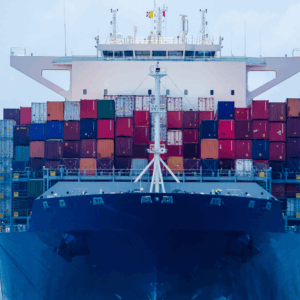
- Sustainable Supply Chain Management: A Global Imperative
Sustainability in logistics is no longer optional or reputation-driven; it has become a structural requirement that determines access to international markets, investment capital, and operational resilience. Achieving a truly sustainable supply chain depends on three essential pillars: environmental efficiency, social equity, and long-term economic viability.
Environmentally, the logistics industry must integrate carbon metrics, energy consumption, and material use into every stage of its operations to minimize its environmental impact. Socially, it must guarantee decent labor conditions, protect human rights, and promote transparency in subcontracting. Economically, efficiency must be redefined—not as a short-term cost-saving measure but as a systemic value that enhances adaptability and contributes to a resilient, fair logistics ecosystem.
Digital tools, such as Espresso, decision support systems, and real-time traceability platforms, are key enablers of these goals. They allow companies to monitor logistics performance using sustainability KPIs, identify inefficiencies, and implement continuous improvement plans based on measurable outcomes. In this way, sustainability becomes a strategic asset, not a regulatory burden or a marketing ploy.
Conclusion: Toward a Digital, Efficient, and Sustainable European Freight Model
European road freight stands at a turning point. On the one hand, it faces structural challenges, including market fragmentation, regulatory pressure, regional disparities, and the urgent need for digital transformation. On the other hand, it presents historic opportunities, including rate convergence, full-scale digitalization, and the expansion of intra-European trade.
FTL and LTL transport models can no longer be evaluated solely based on volume or pricing. Multiple criteria—sustainability, traceability, availability, environmental compliance, and operational efficiency—must now be factored into every logistics decision. The integration of automated decision systems, such as Espresso, and the use of multicriteria methodologies are now essential for making innovative, competitive, and sustainable freight decisions.
The road toward a green and digital logistics future is fraught with tensions, yet equally promising. Companies that adopt this logic and integrate it into their operational DNA will emerge as leaders in European freight in the years to come.
Frequently Asked Questions (FAQs)
What are destination terminal fees, and when do they apply?
Destination terminal fees are charged at the destination port or terminal for unloading cargo from containers or vehicles. If your shipment is booked as DOOR TO PORT, these fees are not included and must be paid by the consignee. However, if you book a door-to-door shipment with ExFreight, these charges are already factored into the rate.
Which trucking services does ExFreight offer?
ExFreight provides LTL (Groupage), Full Truckload (FTL), and Volume LTL services in the USA, Canada, and Europe. With Exfresso, rates are automatically calculated based on density and volume. Carriers are filtered to ensure compliance with load limits, linear footage, and cubic volume thresholds.
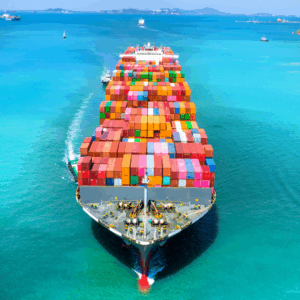
ExFreight acts as a broker for road shipments. Liability depends on the specific carrier and ranges from $2 to $25 per pound, with a maximum of $100,000. In the event of loss or damage, ExFreight assists in filing the claim but is not directly responsible.
How do I decide between FTL and LTL?
Factors such as volume, urgency, product criticality, cost, client relationship, and required service level must all be considered. SMARTS-based decision models help weigh these criteria and select the best transport mode.
What are the main obstacles to decarbonizing European freight?
The primary barriers include a lack of financing for fleet renewal, fragmented market structures, and inconsistent regulations across EU countries. Overcoming them requires subsidies, phased transition plans, and harmonized environmental policies.
Call to Action (CTA)
Would you be ready to optimize your international freight operations with precision and control?
Do it with ExFreight—leverage our digital tools, such as Exfresso, to instantly quote, plan, and execute FTL or LTL shipments.
Visit www.exfreight.com and discover how to transform your supply chain.

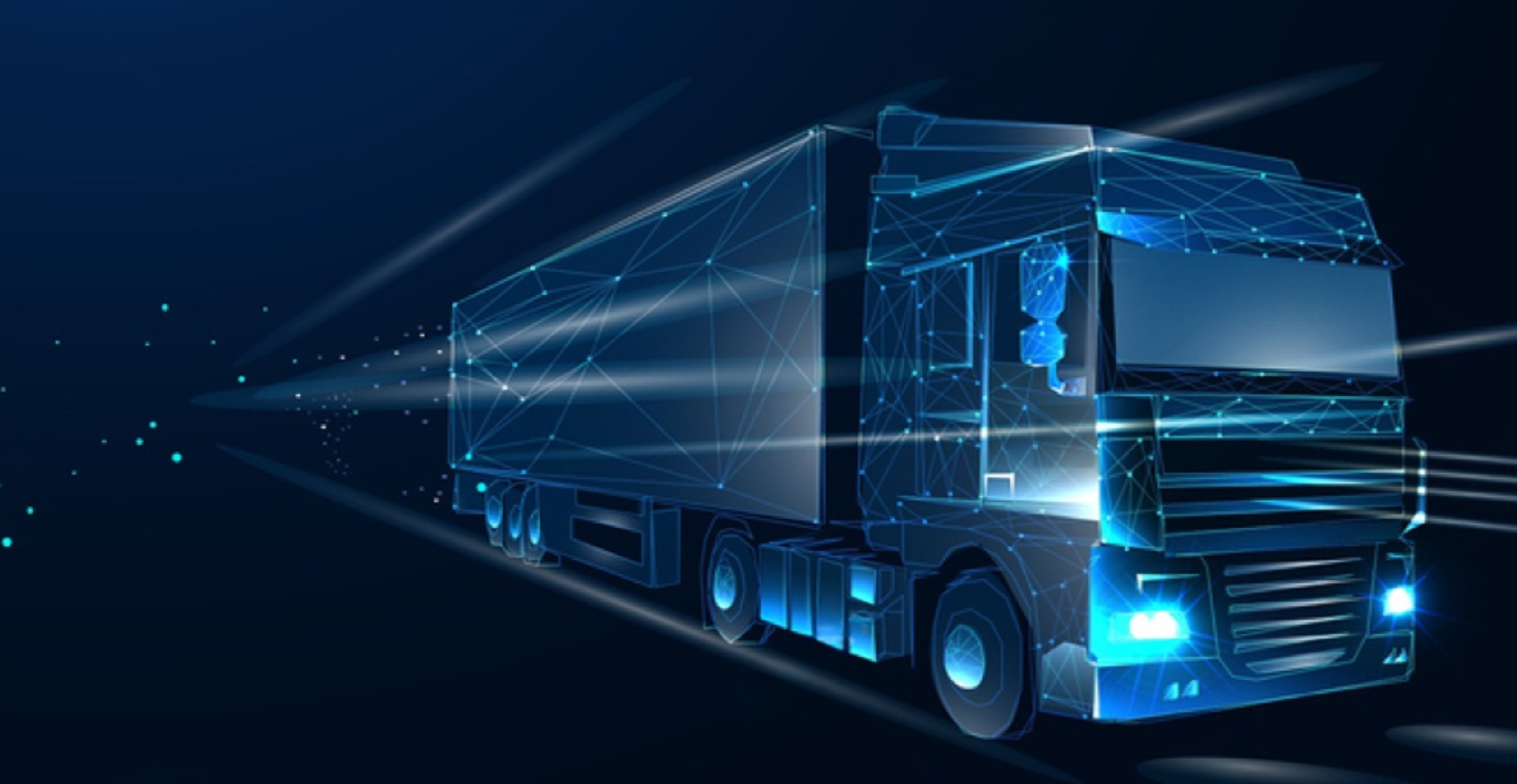
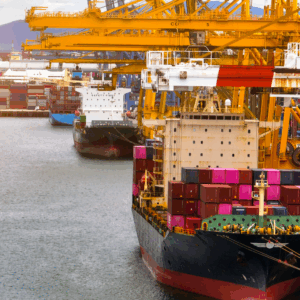
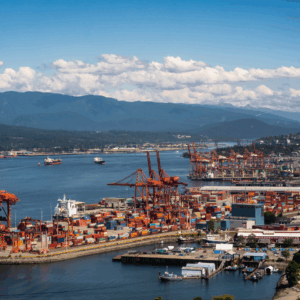

Leave A Comment
You must be logged in to post a comment.